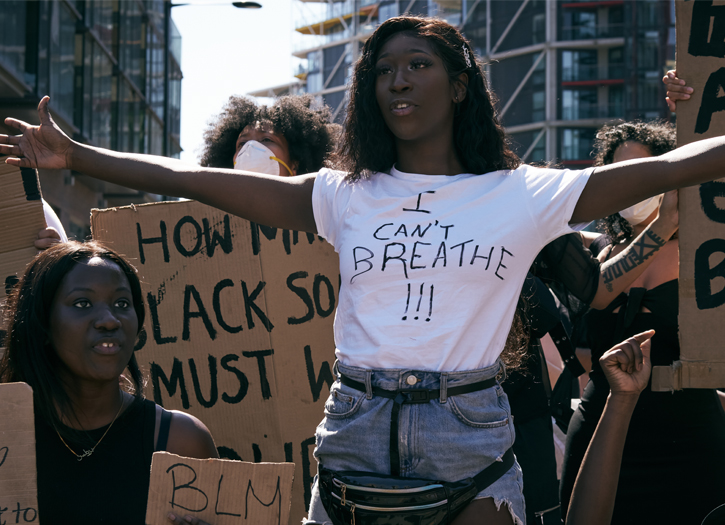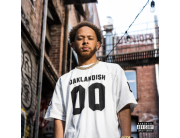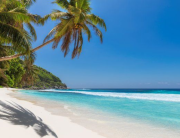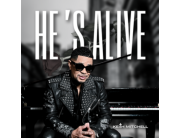The Movement for Black Lives (M4BL) is a coalition of groups across the United States which represent the interests of black communities. It was formed in 2014 as a response to sustained and increasingly visible violence against black communities, with the purpose of creating a united front and establishing a political platform. The collective is made up of more than 150 organizations, with members such as the Black Lives Matter Network, the National Conference of Black Lawyers, and the Ella Baker Center for Human Rights.
On July 24, 2015 the movement initially convened at Cleveland State University where between 1,500 and 2,000 activists gathered to participate in open discussions and demonstrations. The conference in Cleveland, Ohio initially attempted to “strategize ways for the Movement for Black Lives to hold law enforcement accountable for their actions on a national level”. However, the conference resulted in the formation of a much more significant social movement.
At the end of the three day conference, on July 26, the Movement for Black Lives initiated a yearlong “process of convening local and national groups to create a United Front”.This year long process ultimately resulted in the establishment of an organizational platform that articulates the goals, demands, and policies which the Movement for Black Lives supports in order to achieve the “liberation” of black communities across America.
The intention of the platform was to establish a unifying agenda that would provide advocacy groups with the necessary steps to transform the political, economic, and social circumstances of black communities in America. Although the Movement for Black Lives’ platform was “launched in the context of the Democratic National Convention,” the coalition seeks to implement and create their own change within American society as it recognizes that neither major “political party has our interests at heart.
The Movement for Black Lives’ platform contains over 30 policies aimed toward achieving the movements’ objectives; furthermore, the Movement for Black lives has provided briefs explaining how individuals/organizations can get involved as well as the different levels of government through which the platform seeks to enact specific legislation.
On July 24, 2015 individuals from across the country gathered at Cleveland State University in response to incidents of police brutality targeting the African-American community. Specifically, the deaths of individuals such as Michael Brown, Eric Garner, and Tamir Rice sparked a need for the conference among the African-American community. During the three day conference (July 24–26), activists participated in discussions, viewed short films, and engaged in workshops designed to mobilize individuals seeking to find solutions to the problems that black communities face. The Cleveland State University convention is considered the first major gathering of the Movement for Black Lives as more than 1500 individuals attended the conference.
The Movement for Black Lives (Black Lives Matter Movement) has essentially become synonymous within American culture. Furthermore, the Movement for Black Lives has been bolstered by the virality of the “#BlackLivesMatter” hashtag on social media. Athletes across American professional sports have demonstrated their support for the movement through various demonstrations and protests. In 2016, professional football player Colin Kaepernick elected to sit during the playing of the national anthem at an NFL football game. During post-game interviews, Kaepernick explained, “I am not going to stand up to show pride in a flag for a country that oppresses black people and people of color.
The Movement for Black Lives received further support from Democracy for America following the release of its policy platform. One of the primary goals of the Movement for Black Lives is to promote a democracy that is more representative of black communities in America. Various political organizations have stood in solidarity with MBL because, according to Democracy for America, it is seen as “an ideal catalyst for the substantive, results-oriented conversations the current and future leaders of the Democratic Party must have with the communities they serve.” Furthermore, the Movement for Black Lives’ goals to promote economic, political, and social change provide a “solid blueprint” for future legislators as they seek to further understand and resolve the problems that exist within the black community.







Add Comment
You must be logged in to post a comment.